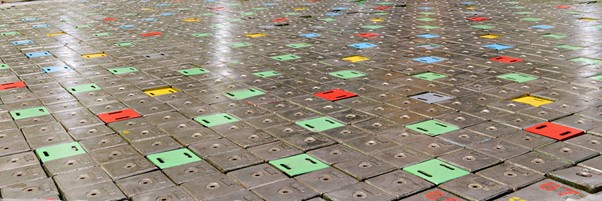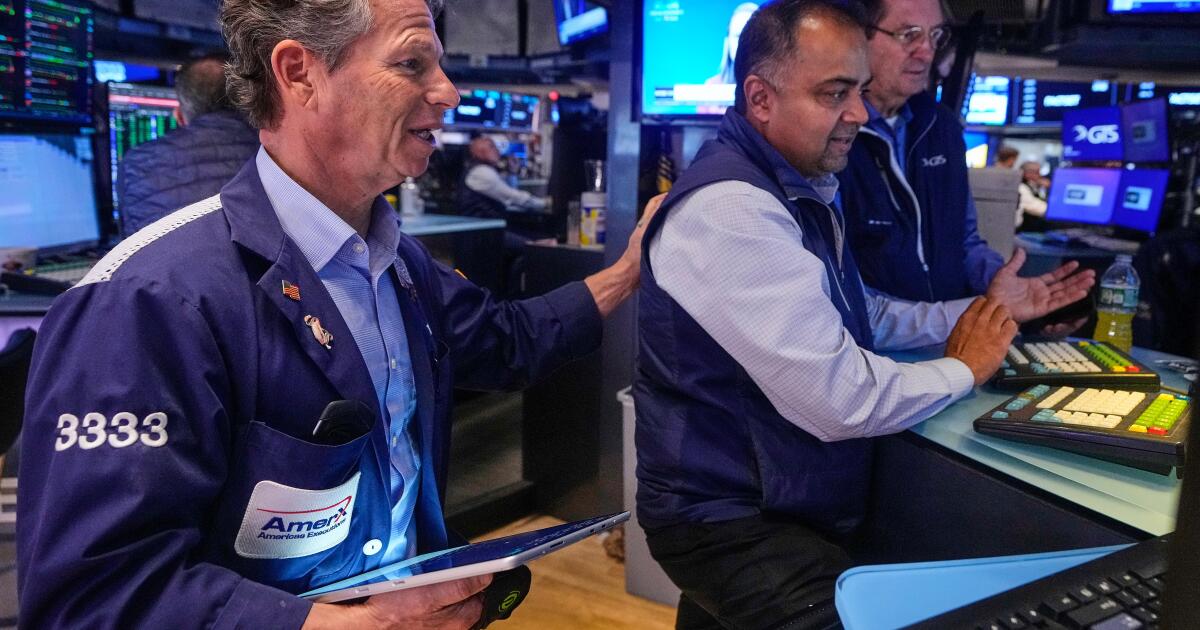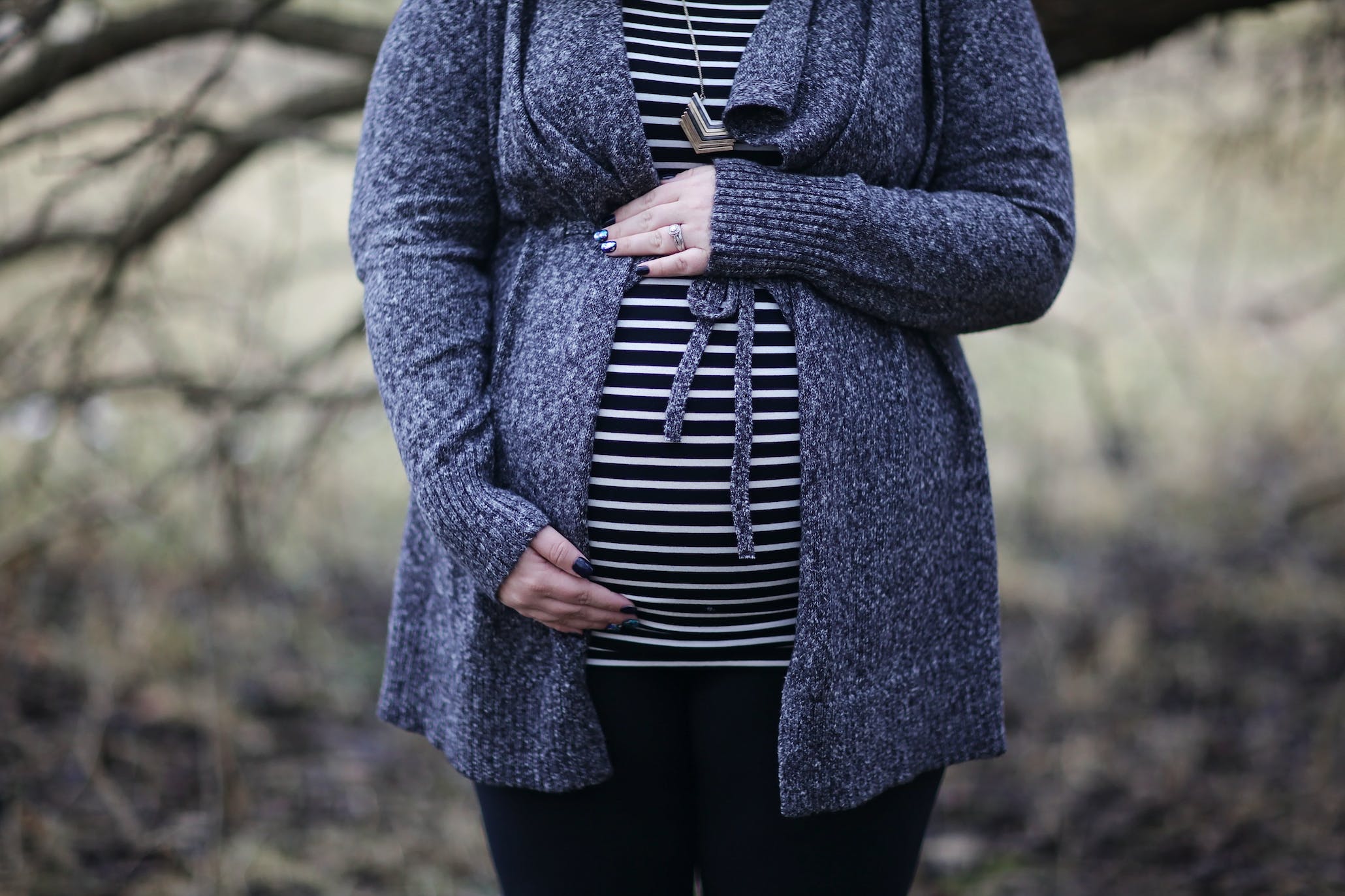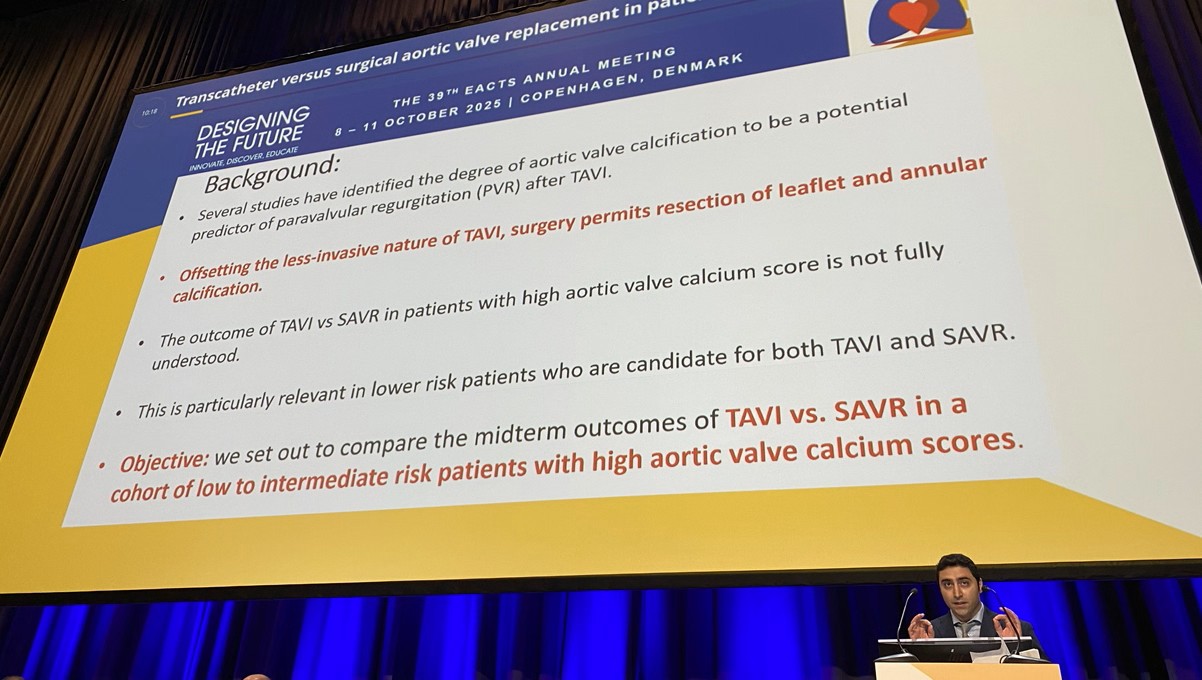DEADBEATS wasn’t your typical gathering. Drawing inspiration from bush doofs, early grunge, and underground festival culture, fans turned the Brooklyn pier into a dance floor as the sun dropped behind the skyline.
Kevin took the…

DEADBEATS wasn’t your typical gathering. Drawing inspiration from bush doofs, early grunge, and underground festival culture, fans turned the Brooklyn pier into a dance floor as the sun dropped behind the skyline.
Kevin took the…

Resolve Optics Ltd. is a world leader in the design and manufacture of production quantities of radiation resistant lenses and optical products that exactly match your nuclear monitoring application. In addition, Resolve Optics offers a standard…

West Ham fans picked the right night to stage a boycott as their side slumped to a dispiriting 2-0 defeat at home to Brentford.
Goals from Igor Thiago and Mathias Jensen were enough to secure a…

Stocks rallied on Monday to the cusp of their records.
The Standard & Poor’s 500 climbed 1.1% and pulled within 0.3% of its all-time high set this month. The Dow Jones Industrial Average jumped 515 points, or 1.1%, and the Nasdaq composite gained 1.4%.
Apple led the way and rose 3.9% amid optimism about demand for its latest iPhone design. It was the strongest force lifting the S&P 500 and set its own record high.
Cleveland-Cliffs jumped 21.5% after the steel company’s chief executive, Lourenco Goncalves, said it would provide details soon about a potential deal with a major global steel producer that could mean bigger profits. He also said his company has potentially found signs of rare earths at sites in Michigan and Minnesota.
Such materials have grabbed the global spotlight after China recently put curbs on the export of its own rare earths, a move that President Trump characterized as hostile. Trump’s ensuing threat of higher tariffs triggered big swings for Wall Street, but the concerns eased a bit after he said such high tax rates on Chinese imports are unsustainable.
Another source of worry for Wall Street, from the banking industry, also appears to be easing. Stocks of smaller and midsize banks climbed Monday, recovering some of their losses after a couple raised alarm bells last week by warning about potentially bad loans they’ve made.
Zions Bancorp. gained 4.7% Monday after its 5.1% drop last week, when it said it had found “apparent misrepresentations and contractual defaults” related to a couple of borrowers.
Amazon’s stock held up despite a widespread outage of its cloud computing service that caused disruption for internet users around the world Monday. Amazon’s stock rose 1.6%.
All told, the S&P 500 added 71.12 points to 6,735.13. The Dow Jones Industrial Average climbed 515.97 to 46,706.58, and the Nasdaq composite gained 310.57 to 22,990.54.
This week features a raft of big names reporting their latest quarterly results, including Coca-Cola on Tuesday, Tesla on Wednesday and Procter & Gamble on Friday.
The pressure is on companies broadly to show that their profits are growing after a torrid run of 35% for the S&P 500 from a low in April. Delivering bigger profits is one of the easiest ways for companies to quiet criticism that stock prices have gone too high. The other is for stock prices to fall.
Corporate profit reports have also taken on more importance because they offer windows into the strength of the U.S. economy when the federal government’s shutdown has delayed important economic updates.
That’s making the job of the Federal Reserve more difficult, as it tries to decide whether high inflation or the slowing job market is the bigger issue for the economy. Fed officials have indicated they’re likely to cut rates several more times in order to give the economy a boost. But that could be a mistake if inflation worsens, because low interest rates can push it even higher.
On Friday, the U.S. government will issue an update for inflation during September. The report was supposed to arrive earlier in month, and the Social Security Administration needs the numbers to calculate cost-of-living adjustments for beneficiaries. But the government also said, “No other releases will be rescheduled or produced until the resumption of regular government services.”
In the bond market, Treasury yields held relatively steady. The yield on the 10-year Treasury eased to 3.98% from 4.02% late Friday.
In stock markets abroad, indexes rose across much of Europe and Asia.
Japan’s Nikkei 225 jumped 3.4%, after its governing Liberal Democrats found a new coalition partner, securing support for its leader Sanae Takaichi to become the country’s prime minister. Investors expect Takaichi, who would also be Japan’s first female prime minister, to push for low interest rates, higher government spending and other policies that could help the market.
Indexes rose 2.4% in Hong Kong and 0.6% in Shanghai after China reported its economy grew at a 4.8% annual pace in the last quarter, supported by relatively strong exports as companies increased shipments to markets other than the U.S.
Still, it was the slowest pace in a year. The world’s second-largest economy is still struggling to emerge from a prolonged downturn in its property market and to encourage consumers and businesses to spend more.
Choe writes for the Associated Press.

RALEIGH, N.C. — While most companies are still figuring out how to get their developers to use AI coding tools effectively, fintech company Block just deployed AI agents to its entire 12,000-person workforce in eight weeks.
At the All…

Bictegravir belongs to a class of anti-HIV drugs called integrase inhibitors. It is co-formulated into one pill called Biktarvy, which contains the following medicines:
In clinical trials,…
This request seems a bit unusual, so we need to confirm that you’re human. Please press and hold the button until it turns completely green. Thank you for your cooperation!

If you typically don’t consider oropharyngeal cancer as a potential risk among your patients living with HIV, results from a new meta-analysis suggest it’s time for a rethink. Incidence of this HPV-associated cancer was unexpectedly high in…
This request seems a bit unusual, so we need to confirm that you’re human. Please press and hold the button until it turns completely green. Thank you for your cooperation!

COPENHAGEN, Denmark—Among patients with severe aortic stenosis at low- or intermediate-risk for surgery who also have very calcified aortic valves, SAVR is associated with lower risks of all-cause mortality, paravalvular regurgitation, and heart failure hospitalization compared with TAVI, according to new single-center data.
“[A] calcium score could potentially be an important criteria to consider when deciding between TAVI versus SAVR in low- and intermediate-risk patients,” said Fadi Hage, MD (Lankenau Medical Center, Wynnewood, PA), who presented the findings at the 2025 European Association for Cardio-Thoracic Surgery meeting. “Further investigation into predictors of outcomes in lower-risk patients is warranted to improve patient selection and [make] a more informed heart team discussion.”
Session moderator Alicja Zientara, MD (Universitätsklinikum Freiburg, Germany), said the results highlight the need for imaging in assessing patients for TAVI.
“It’s not only about the clinical risk factors of patients and choosing the right valve, but very much about imaging and evaluating if a TAVR is very well feasible for a patient,” she told TCTMD. “We know that there is a risk of aortic regurgitation and there is a risk of pacemaker, and not every patient necessarily is the right one for this kind of treatment. So, we as surgeons have to work very much on implementing regular imaging in our daily practice to also evaluate the valve, like cardiologists do.”
Better Outcomes With SAVR
The analysis included 227 patients who underwent TAVI (mean age 82 years; 77% male) and 99 who had SAVR (mean age 68 years; 88% male) at their institution between June 2021 and December 2023. All patients were considered low-to-intermediate risk for surgery and had a high aortic valve calcium score (≥ 3,000 Agatston units). More patients in the TAVI arm had peripheral vascular disease (20% vs 6%) and fewer had bicuspid aortic valve anatomy (4% vs 39%) than in the surgery arm.
In a propensity score-matched analysis, survival at 2 years was higher in the SAVR arm compared with TAVI (HR 0.17; P = 0.001). The same relationship was seen for freedom from paravalvular regurgitation (HR 0.05; P = 0.001) and heart failure rehospitalization (HR 0.33; P = 0.045). Unadjusted analyses showed advantages for SAVR over TAVI with regard to survival and freedom from paravalvular regurgitation, but not freedom from heart failure rehospitalization.
There was a higher risk of new permanent pacemaker with TAVI compared with SAVR at 30 days (16% vs 6%; P = 0.01), but a lower rate of postoperative transfusion (7% vs 36%; P < 0.001).
During the discussion, session panelist Ferdinand Vogt, MD (Paracelsus Medical University Nürnberg, Germany), pointed out a challenge for surgeons. “In the real world, we don’t have for every surgical patient an Agatston score,” he said, questioning whether this creates a “bias” in real-world practice when patients are deciding between TAVI and surgery.
“It would be an important thing to consider,” Hage responded, adding that it’s not “very difficult to get” this information.
In an informal poll of the audience, about one-third in the room raised their hands indicating that they do send patients for calcium score imaging before the procedure.
Zientara said she was “a little” surprised by how few of the attendees use this kind of imaging in their workups. “But on the other hand, it’s always a hot topic,” she added. “We have new guidelines for the treatment of those patients where there are different opinions.”
Panelist Gregory Fontana, MD (Cardiovascular Institute of Los Robles Health System, Thousand Oaks, CA), commented that CT scans prior to SAVR have “become the gold standard” at his institution.
Hage, too, said he calculates his own CT measurements for each patient, enabling him to be “nonbiased.” As surgeons, he added, “we should select the right procedure for the right patients.”